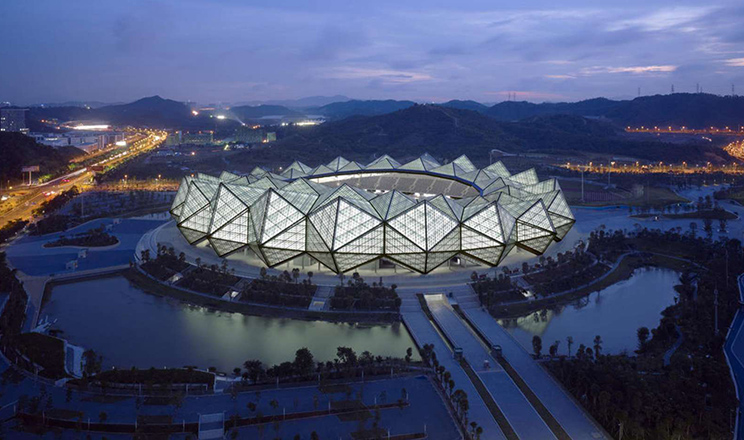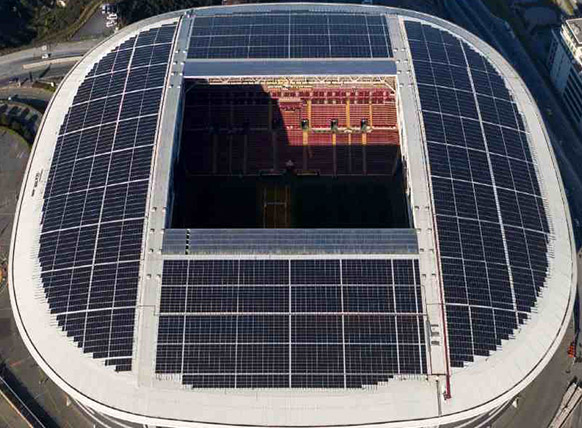Five of the world's most sustainable stadiums
Sport brings people together; it inspires passion and commitment in equal measure and can also provide a beacon for more sustainable development and help to take action for the climate around the world.


E.ON
06/10/22


“Sport . . . provides a platform for tackling some of the gravest global threats to people and planet, like climate change. Athletes are among the most influential people on the planet and together with their managers, fans and others involved in organised sport, must contribute to global efforts to combat climate change.“ UN Deputy Secretary-General Amina Mohammed
Helping Nottingham Forest Football Club take Action For Climate


Mercedes-Benz Stadium, Atlanta, USA
Climate Pledge Arena, Seattle, USA


Tottenham Hotspur Stadium, London, UK
Europa Park Stadium, Freiburg, Germany









